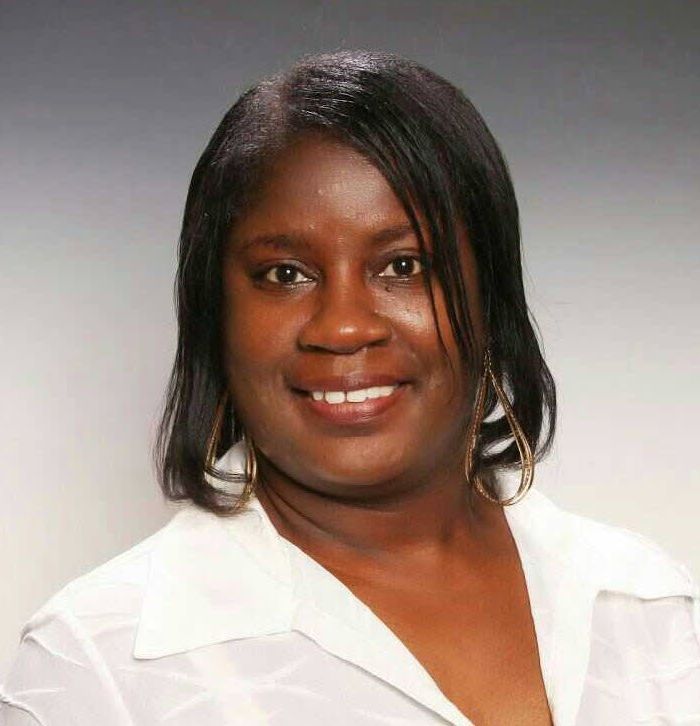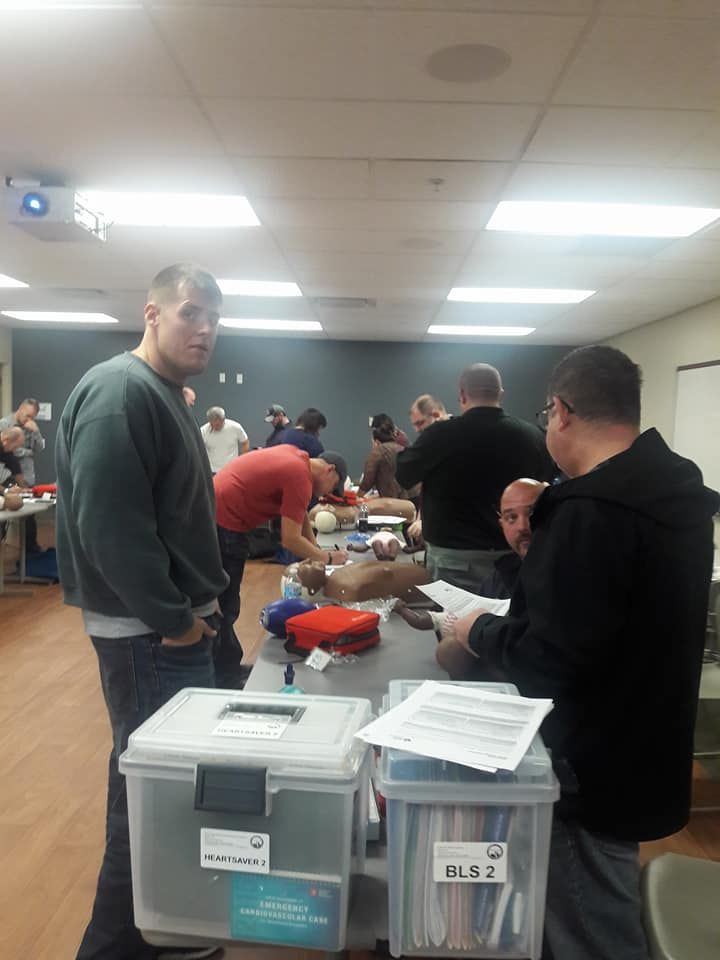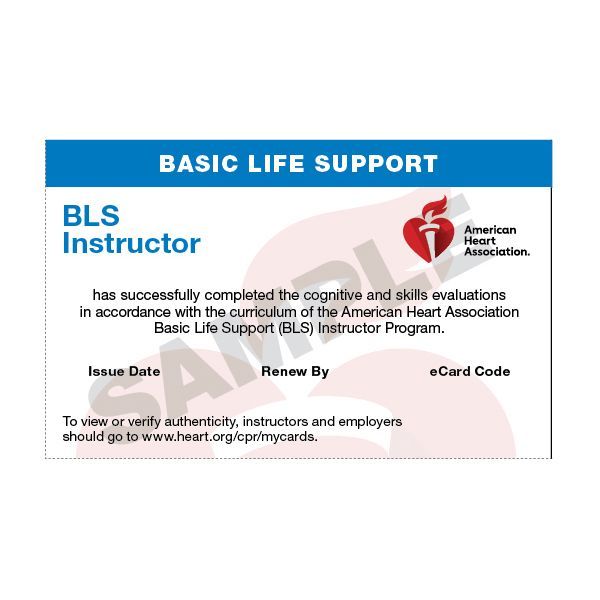Next, you will need to purchase all the necessary equipment for the instructor class to be performed virtually. You will need to purchase
adult and
infant CPR manikins with feedback monitors, an
adult bag mask, an
infant bag mask,
CPR training valve, and an
AED trainer.
Please note that all instructor courses, while they can be taught virtually, should be in a live, face to face format. Prerecorded classes are not a legitimate way of performing a BLS instructor course.
How much does it cost to become a BLS Instructor?
We recommend taking some time to budget for the expenses of becoming a BLS instructor. Doing so will give you time to plan classes and recoup your investment as quick as possible.
The costs you should expect to become a Basic Life Support Instructor are:
- AHA Initial BLS Provider Course: $85
- AHA Initial Heartsaver First Aid CPR AED Course:
$105
- AHA Instructor Essentials online course:
$38
- AHA Instructor hands-on/classroom course:
$700 (includes essential online course)
- Cost of E-card can range from $10.50 to $27.50
- Monitoring:
$0 (Some Training Centers may charge outside the classroom course cost)
- Liability insurance range :
Lockton Affinity $100-$200
The cost of this training varies for many reasons. All AHA instructors independently set their own prices. Apart from training material purchased from the AHA, no other income should be misconstrued as income to the AHA.
What kind of BLS Instructor Certifications are there?
We recommend becoming an AHA BLS instructor. However, the American Red Cross and the Health Safety Institute are also reputable certification brands for BLS. However, across the U.S., the AHA is the most recognized certification. However, you’re not limited to picking one brand of BLS training. There are courses that bridge AHA instructors to become ARC and HSI instructors. If you wish to go that route, we recommend starting as an AHA BLS instructor because the AHA does not allow bridging from other brands to their brand as an instructor.




